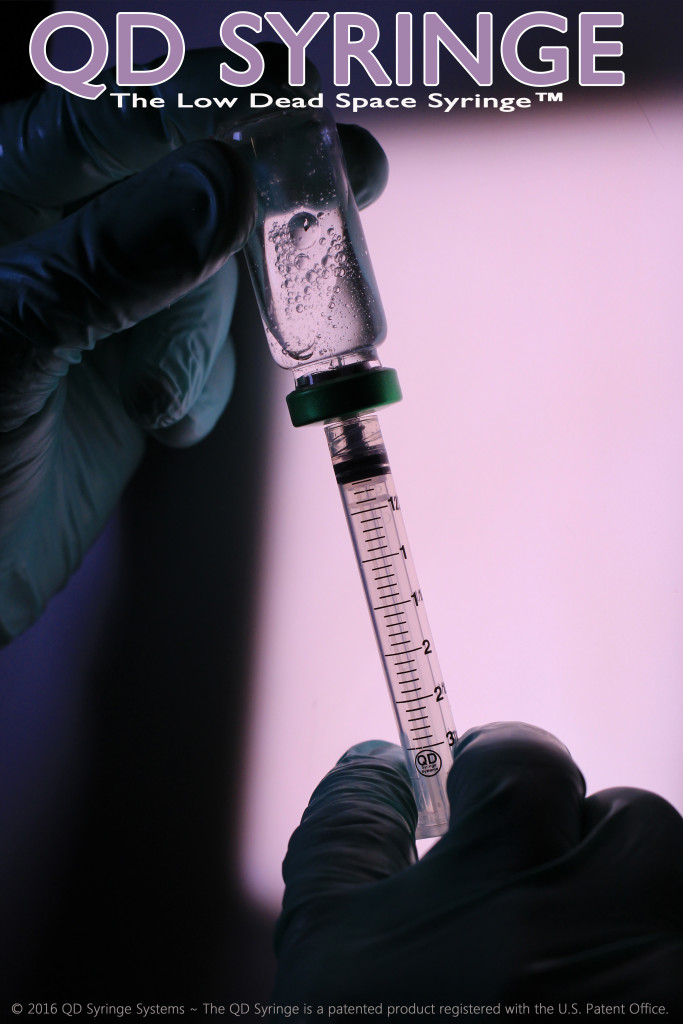
This is an open access article distributed under the terms of the Creative Commons Attribution License, which permits unrestricted use, distribution, and reproduction in any medium, provided the original author and source are creditedĭata Availability: All relevant data are within the paper and its Supporting Information files.įunding: This work was funded by the US National Institute on Drug Abuse 1R01DA030420 to RH, Grant Title: Parenteral HCV Transmission: Assessing Risks and Prevention Strategies in vitro.

Received: JAccepted: SeptemPublished: November 4, 2015Ĭopyright: © 2015 Binka et al. PLoS ONE 10(11):Įditor: Eve-Isabelle PECHEUR, UMR Inserm U1052 / CNRS 5286, FRANCE A lower capacity syringe may improve accuracy, while a low dead space plunger may improve precision.Īccuracy anti-VEGF intravitreal injection precision syringe.Citation: Binka M, Paintsil E, Patel A, Lindenbach BD, Heimer R (2015) Survival of Hepatitis C Virus in Syringes Is Dependent on the Design of the Syringe-Needle and Dead Space Volume. Intravitreal injections of anti-VEGF agents using a 1.0 mL tuberculin syringe demonstrate poor accuracy and precision. There was no significant difference in volume output between different anti-VEGF agents. 17.3 ± 9.3% or 15.9 ± 8.1%), and the low dead space syringe was the most reproducible (CV = 0.068 vs. The low-volume syringe was the most accurate (MAPE = 12.8 ± 7.8% vs. Volume output from all three syringes was significantly different from 50 µL, with mean volumes of 58.0 ± 5.7 µL for the tuberculin syringe, 58.0 ± 4.0 µL for the low dead space syringe, and 55.5 ± 5.1 µL for the low-volume syringe (p < 0.00001 for all).

Accuracy was determined by mean absolute percentage error (MAPE), and precision was measured by coefficient of variation (CV). Volume output was calculated from difference in syringe weight before and after expelling the drug. Volume output was measured from three syringe designs-1) 1.0 mL tuberculin syringe, 2) 1.0 mL syringe with low dead space plunger, and 3) 0.5 mL low-volume syringe-to deliver 50 µL of bevacizumab, ranibizumab, or aflibercept, each repeated four times by three different physicians for 108 total simulated injections. To evaluate the accuracy and precision of different syringe designs for intravitreal injection of anti-VEGF agents.


 0 kommentar(er)
0 kommentar(er)
